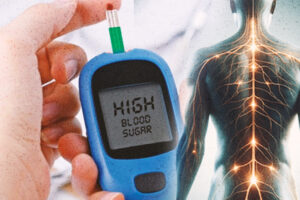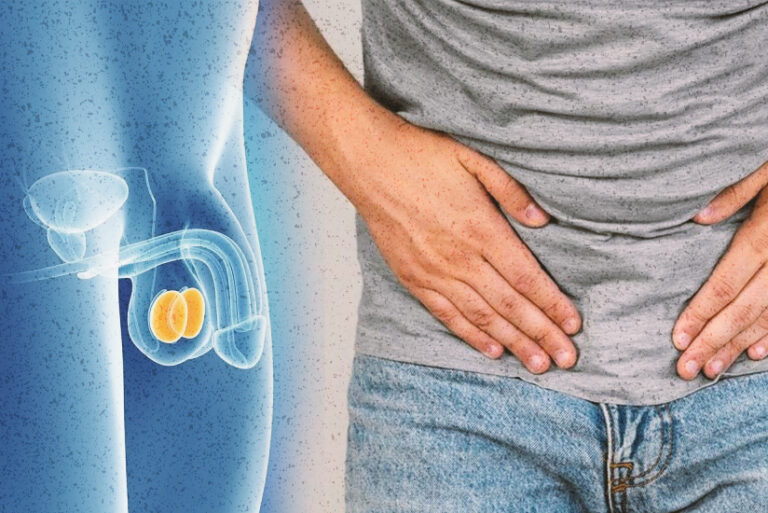By Evangeline T. Capuno
Dr. James Parkinson, an English surgeon, apothecary, geologist, paleontologist, and political activist, was born on April 11, 1775. He is best known for his 1817 work “An Essay on the Shaking Palsy,” in which he described “paralysis agitans.”
In the said essay, he described six patients with the disease with detailed comments like: “So slight and nearly imperceptible are the first inroads of this malady, and so extremely slow its progress, that it rarely happens, that the patient can form any recollection of the precise period of its commencement. The first symptoms are a slight sense of weakness, with a proneness to trembling in some particular part; sometimes in the head, but most commonly in one of the hands and arms.”
Dr. Parkison further wrote: “But as the malady proceeds, even this temporary mitigation of suffering from the agitation of the limbs is denied. The propensity to lean forward becomes invincible, and the patient is thereby forced to step on the toes and fore part of the feet, whilst the upper part of the body is thrown so far forward as to render it difficult to avoid falling on the face.”
As the disease was brought into the forefront, it was renamed Parkinson’s disease (PD) by Dr. William Sanders. However, it was French neurologist Jean-Martin Charcot, who popularized using it.
In honor of his discovery, World Parkinson’s Disease Day is celebrated every year on the day he was born. This global healthcare event aims to raise awareness about PD, recognize its economic, social, and cultural impact, and promote acceptance, support, and inclusion for patients suffering from this ailment.
Rarely seen brain disorder
In the Philippines, PD is rarely seen as a brain disorder. Based on a 2007 study conducted by the Philippine Neurological Association, the prevalence of the disease has been estimated to be less than 1%.
But the latest data from the World Health Organization (WHO) showed the prevalence of the disease has doubled in the past 25 years. Global estimates in 2019 showed over 8.5 million individuals with PD.
The WHO reported: “Current estimates suggest that, in 2019, PD resulted in 5.8 million disability adjusted life years, an increase of 81% since 2000, and caused 329,000 deaths, an increase of over 100% since 2000.”
Parkinson’s disease has existed since Biblical times, but it was only in the 19th century that it was clinically recognized. Among the famous personalities with PD include Michael J. Fox, Muhammad Ali, Billy Graham, Pope John Paul II, Deng Xiaoping, Billy Connolly, Alan Alda, and Neil Diamond.
“Men are more likely to develop Parkinson’s disease than women,” says Johns Hopkins Medicine. “Individuals with a parent or sibling who is affected have approximately two times the chance of developing the disease.”
Age matters
PD usually attacks people between the ages 50 and 69. “Age is the greatest risk factor for this condition,” wrote Dr. Aleksander Videnovic, director of the program on neurodegeneration at Massachusetts General Hospital.
“I was pinning my hopes on the fact that the disease usually begins after age 50,” Fox wrote in his book. “My symptoms showed up in my late 20s. How could I possibly have this old person’s disease?”
Fox was diagnosed at age 30 while Ali was only 42 when he announced that he had the disease. Both Fox and Ali belong to 10% of those who are struck by the disease. “In such cases, the disease is referred to as early-onset Parkinson’s,” wrote Dr. Michael W. Smith in an article which appeared in “WebMD Health News.”
The earlier the disease is diagnosed, the better the prognosis, says neurologist Zoltan Mari, director of the National Parkinson Foundation Center of Excellence at Johns Hopkins University in Baltimore. “Younger patients who have had the disease for 10 years do better than older patients who have had the disease for 10 years. We don’t know why,” he says.
Signs and symptoms
According to the United Nations health agency, symptoms of PD get worse over time. “They can greatly reduce well-being and quality of life,” the WHO pointed out.
The WHO describes PD as a brain condition that causes problems with movement. Among the motor symptoms are slow movement, tremor, rigidity, involuntary movement, trouble walking, and imbalance.
The non-motor symptoms include cognitive impairment, mental health disorders, sleep disorders, pain, and sensory disturbances.
“Involuntary movements and painful muscle contractions can cause problems speaking and moving,” the WHO explained. “These symptoms lead to high rates of disability and the need for care. Many people with PD also develop dementia during the course of their disease.”
While PD is the most common movement disorder, the WHO said other movement disorders exist such as multiple system atrophy, progressive supranuclear palsy, chorea, ataxia, and dystonia. Some movement disorders have similar symptoms to PD such as tremor, slow movement, and rigidity.
Studies have shown that the symptoms of PD appear when about 80% of dopamine is lost. Deep within the brain is an area known as the basal ganglia, of which the main neurotransmitter is dopamine.
Although some people with PD in the later stages may become mentally confused or demented, most retain their intellectual facilities while living in a body which is becoming increasingly disabled. “This, in itself, can contribute to the boredom, social isolation, and depression commonly experienced by sufferers,” the WHO says.
Causes of death
Those with Parkinson’s disease may live between 10 and 20 years after being diagnosed, says Dr. Videnovic. Pope John Paul II died four years after he was diagnosed. Ali’s fight against Parkinson disease ended in 2016, 32 years after he was diagnosed.
The two of the biggest causes of death are falls and pneumonia. “Hip fractures are probably the main cause for death for those who fall, but people can fracture other bones and require surgery,” explains the American Parkinson Disease Association (APDA).
People with PD are at risk for aspiration pneumonia. “Because Parkinson’s disease patients often have swallowing problems, there is an increased tendency for this to happen, and because the patients don’t cough as strongly as they used to, they cannot always cough up the material they aspirated. When this happens, some liquid or food particles remain behind in the lung, where they may set up an infection,” APDA says.
No cure yet
Like many other brain disorders, there is no cure for Parkinson disease. However, therapies including medicines, surgery and rehabilitation can reduce symptoms.
Levodopa/carbidopa, a combination medicine that increases the amount of dopamine in the brain, is the most common medication for PD. Doctors may use other medicines such as anticholinergics to reduce involuntary muscle movement.
Deep brain stimulation and other therapies can help the tremors and reduce the need for medicines.
Rehabilitation including physiotherapy can offer relief for PD and other degenerative neurologic disorders. Therapies include strength training, gait and balance training, and hydrotherapy.
“These therapies can help improve functioning and quality of life for people with PD. This can also reduce the strain on carers,” the WHO said.
Many medications and surgical resources are not accessible, available, or affordable everywhere, particularly low- and middle-income countries.
Another sad fact about PD: “People with PD are often subject to stigma and discrimination, including unjust discrimination within the workplace and lack of opportunities to engage and participate in their communities,” the WHO said. – ###








